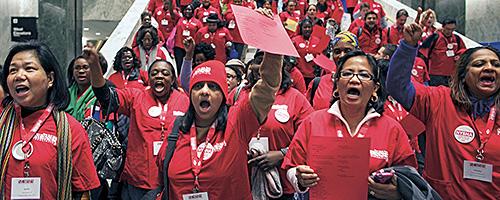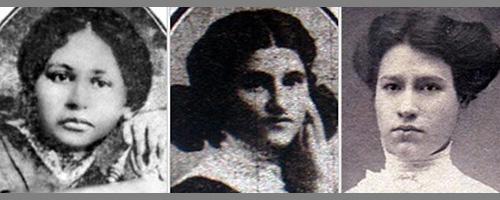Women hold up half the sky


FACTS: In New York, even with fewer gender-restrictive patterns of employment, 94% of nurses are female. The wage gap between men and women averages 80%. Women overwhelmingly occupy the bulk of no-benefit part time jobs when compared to men. Nationally, 1 in 3 women experienced physical violence by an intimate partner, with 29 million having suffered severe physical assault by a significant other. And yet, women continue to carry the bulk of family responsibilities: raising children, cooking, cleaning, arranging for health care and activities for the family. Women dominate, in huge numbers, school, community and other volunteer work in agencies designed to assist others.

Why do women give so much, yet remain unprotected? Why are our struggles so challenging, yet unsupported? Why do women work so hard, yet remain unrecognized?
Women have always been the backbone of battles in labor, in health care and for dignity and justice. The silence about the contributions—and hardships—of women in our society generated the need for a special women’s history month: celebrated in March of each year.

In 1911, a tragic fire, due to corporate greed and worker oppression, resulted in 146 deaths—most of them immigrant girls. This led to the affirmation of March 8 as International Working Women’s Day, commemorating these labor struggles around working conditions, health and safety and fairness. Laws were passed, regulations were established and the struggle for workers’ and women’s rights continues to this day.
What has substantially changed over the years? Do we still face hazards on the job?



“We can throw our pebble in the pond and be confident that it’s ever widening circle will reach around the world.”
– Dorothy Day, Influenza Epidemic Nurse,1918, co-founder, Catholic Workers Movement